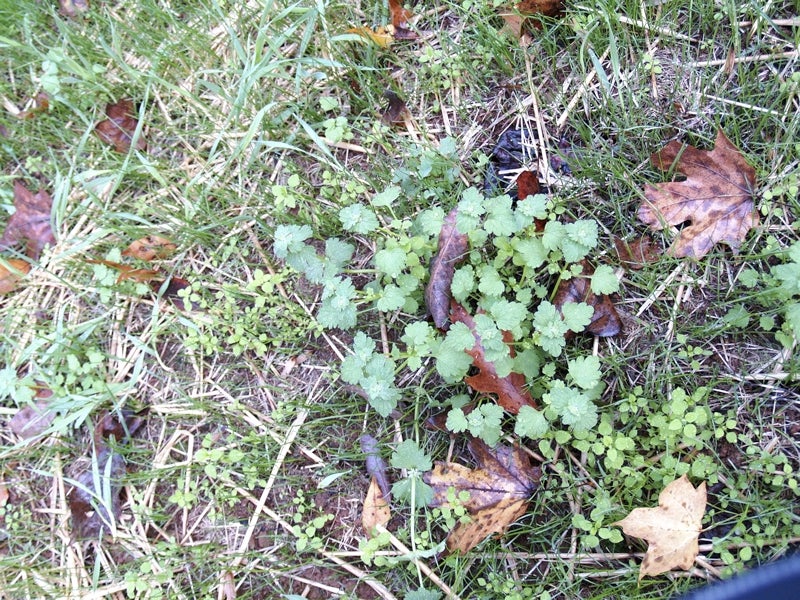Lawn work: Time to control winter weeds
Published 12:00 am Friday, February 10, 2017

- Submitted photo Henbit is a sign that this lawn needs attention. This is a good time of year to fight winter weeds.
It never fails that I get a phone call from my wife’s cousin this time each year inquiring about maintenance for his cool season fescue lawn. Even though our weather has been an erratic blend of spring and winter, winter weeds are progressing at their normal rate.
Now is the time to control winter weeds such as chickweed, henbit and wild garlic while they are in the seedling stage. Winter weeds strongly compete with both established and newly emerging fescue seedlings.
Premixed lawn weed killers designed for garden hoses work extremely well. Many homeowners prefer these types of applicators because they require no mixing and are easy to apply. Lawns seeded in the fall will most likely be inundated with winter weeds and need to be sprayed now.
Those satisfied with their lawn’s appearance and not interested in over-seeding can apply pre-emergence herbicides now to control summer weeds such as crabgrass. These herbicides come premixed or impregnated on premium turf maintenance fertilizers.
Mid-February through late March is the time to fertilize cool season fescue lawns for best results. Cool season fescue lawns need to maintain a recommended fertilization schedule in the spring. The greatest effect on growth and development of cool season lawns is fertilization on a regular basis.
Turf specialists at N.C. State University recommend one pound of actual nitrogen per 1,000 square feet for cool season fescue and fescue lawn blends in the spring. Special blended lawn fertilizers with slow release fertilizers are available pre-measured, usually in 5,000 or 10,000 square foot bags which are designed to eliminate guesswork for proper fertilization.
Grade fertilizers (eg.10-10-10) without slow release can be used, however, the end results are often excessive growth during the spring, becoming a nightmare to mow and maintain.
This same time period is also an opportune time to over-seed fescue. Fescue germinates well in the spring, but new lawns will struggle during the hot summer months. Lawns seeded in the late fall or early winter may be germinating and somewhat weak.
Survivability of the seedlings depends on correct seed bed preparation. Those with weak or thin lawns should prepare by adequately tilling bare or weak lawn areas and incorporating fertilizers and lime before seeding.
Core aeration in the spring is generally not recommended, but when lawns are excessively thin or bare, there’s really nothing to lose by coring at this time. Seeds, along with fertilizer falling into the aerator holes, germinate more quickly and have much better chance of survival than seed on top of bare, clay soil.
Clean wheat straw mulch applied over seeded areas insures germination. Tests have proven that a thin layer of clean wheat straw helps maintain moisture, encouraging quick germination of seed.
Before applying fertilizer or pesticide, it is very important to know the correct size of the application area. It sounds like a simple concept, but when asked, most homeowners don’t really have a clue about the size of their lawns.
Avoid waste and endangering the environment by taking a few minutes to correctly measure your lawn area and apply fertilizers and herbicides at the correct rates.
Darrell Blackwelder is a retired county Extension director with the North Carolina Cooperative Extension Service in Rowan County.



